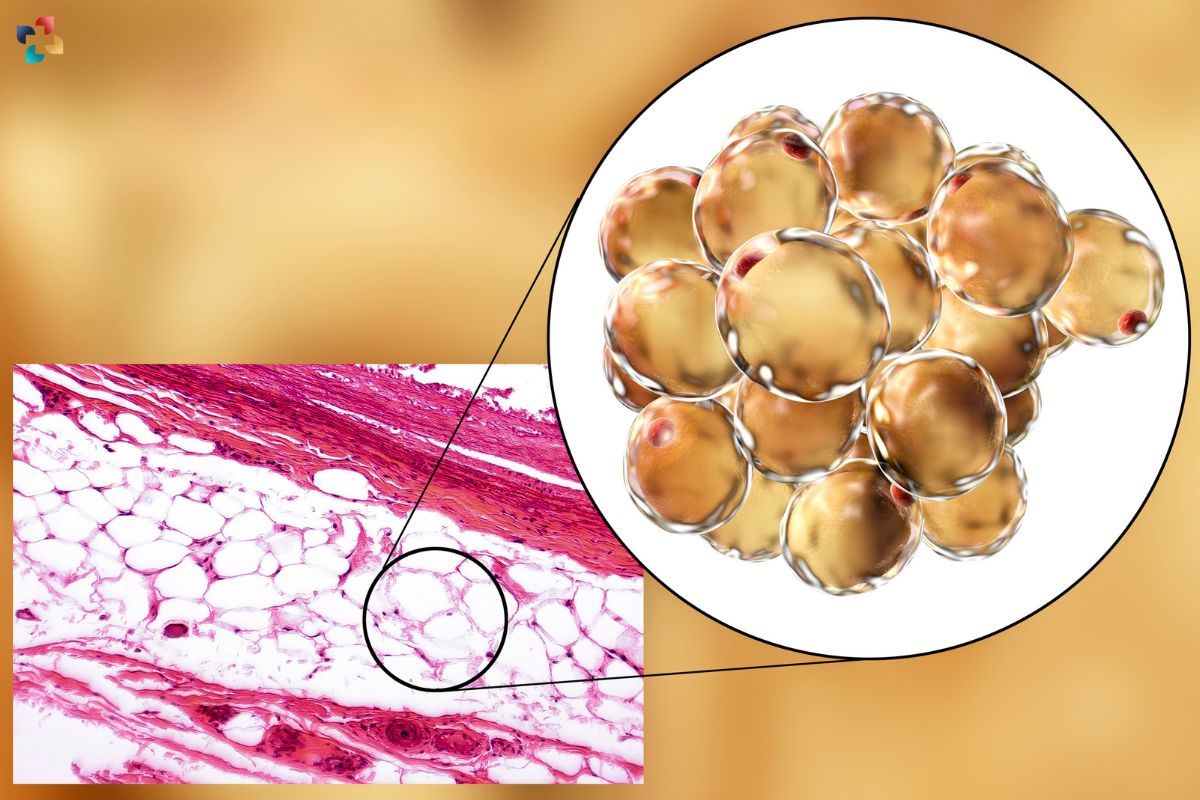Understanding Fat Tissue Formation
A recent study sheds light on the intricate mechanisms underlying fat tissue formation and its implications for obesity and related metabolic disorders. Adipose tissue, commonly known as body fat, behaves differently depending on its location in the body. One such location is the omentum, a large apron-like fatty tissue hanging from the stomach that covers organs within the peritoneum, including the stomach and intestines. While the omentum serves as a storage site for fat, it also plays essential roles in immune regulation and tissue regeneration.
Unraveling the Role of Omental Adipose Tissue
Omental adipose tissue, associated with the “apple” body shape, poses a heightened risk for metabolic diseases when it expands significantly. Interestingly, this expansion is primarily driven by the enlargement of existing fat cells, rather than the formation of new ones, leading to chronic inflammation and insulin resistance. Despite calorie excess, omental fat has a limited capacity for adipogenesis, the process of forming new fat cells, which remains poorly understood.
Insights from the Study
Led by Professor Bart Deplancke at EPFL, scientists have identified a population of cells within human omental adipose tissue that impedes adipogenesis. Utilizing advanced single-cell RNA sequencing, the researchers analyzed cells from various human fat depots and isolated different cellular subpopulations to elucidate their roles in fat tissue formation. They discovered that mesothelial cells, which typically line internal body cavities as a protective layer, undergo a dynamic transition closer to mesenchymal cells, influencing the adipogenic potential of omental fat.
Furthermore, the study elucidated the molecular mechanism behind this phenomenon, revealing that these mesothelial-like cells express high levels of Insulin-like Growth Factor Binding Protein 2 (IGFBP2), a known inhibitor of adipogenesis. By secreting IGFBP2 into the surrounding microenvironment, these cells effectively prevent nearby adipose stem and progenitor cells from maturing into fat cells.
Conclusion:
The findings from this study have profound implications for understanding and managing metabolically unhealthy obesity. By elucidating the natural mechanism by which omental fat limits fat cell formation, the research paves the way for potential new treatments and targeted therapies that modulate fat tissue behavior. This breakthrough could lead to more effective strategies for combating obesity and its associated metabolic complications, ultimately improving public health outcomes.
Also Read: Genetic Variant Linked to Childhood Obesity Uncovered by CHOP Researchers









